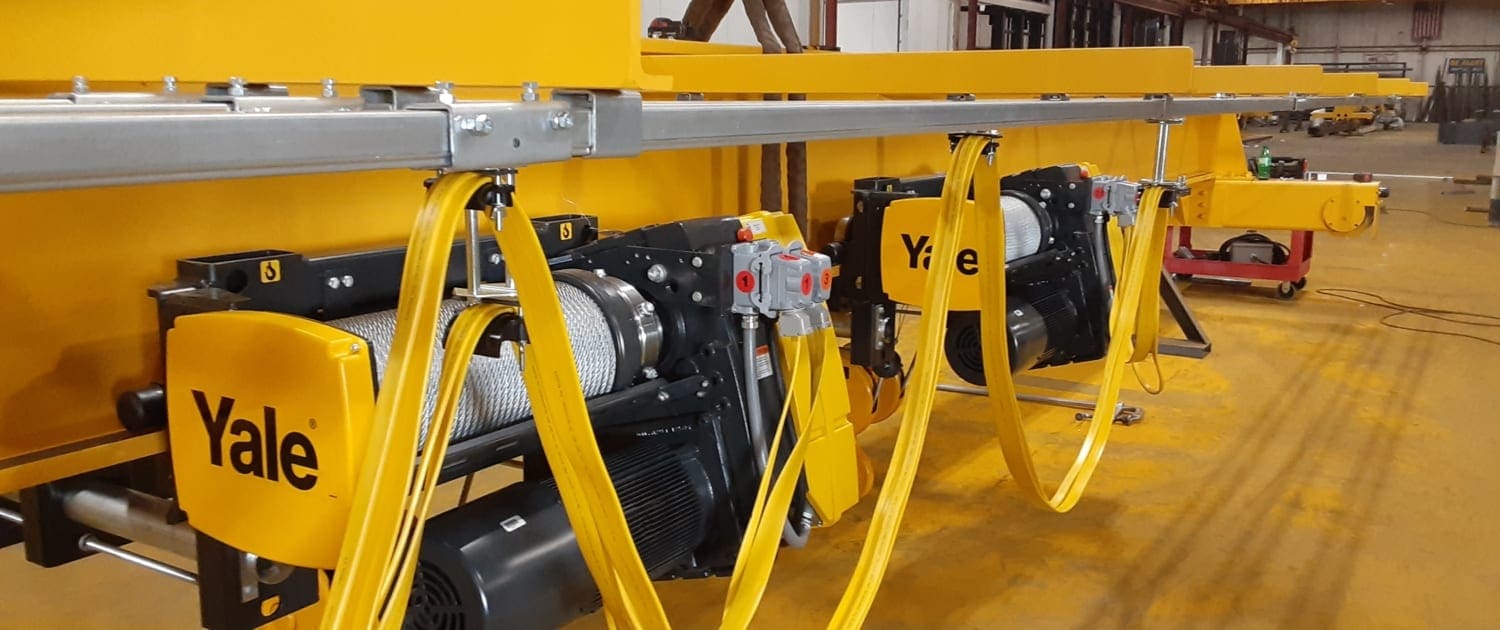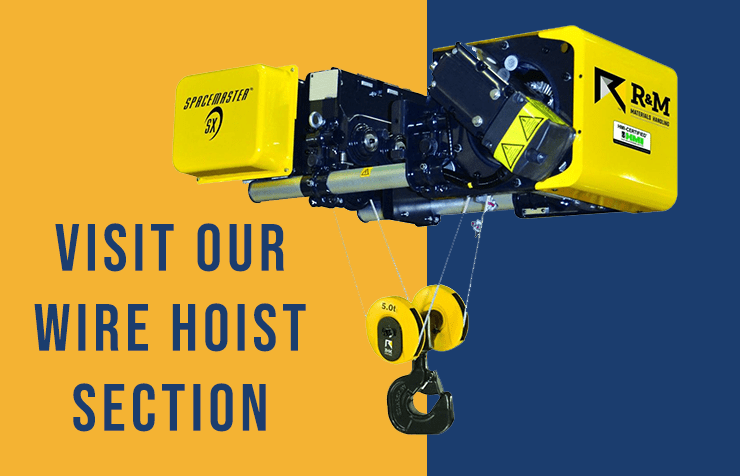An electric hoist comes in handy for jobs that involve heavy lifting. The machine is able to lift and relocate heavy items easily and quickly. This enables you to move items comfortably and efficiently. It saves you from much labor and time which helps to keep working costs low. The electric type is useful for both industrial and smaller scale uses.
Increased Productivity
An electric powered hoist enables you to carry items quickly and with relative ease. Unlike manual hoists which involve a lot of time, the electric version gets the job done in just a fraction of time. You do not exert yourself as much while using the hoist. Fatigue and muscle strain are hardly experienced. This allows you to work for longer which increases the performance output.
High Load Capacity
Electric lifting devices generally have a high combined hoist and trolley combination. It may range from 100 pounds to 200 pounds for the heavier machines. This allows you to comfortably undertake lifting of a wide range of loads. It also contributes to the machine’s efficiency.
Cost-Effective
Much less labor is involved when working with an electric hoist. This is because of the machine’s high carrying capacity and efficiency. It gives you significant savings on manpower over time. Coupled with the high performance output, this makes it a cost-effective investment.
Versatility
Electric lifting devices give you more versatility as you work. They allow you to lift heavy loads vertically as well as pull the load sideways. Some hoists only allow vertical movement. However, jobs tend to vary and sometimes it becomes necessary to move loads sideways. Rather than investing in 2 separate machines to get things done, it is more cost-effective to get one machine that has more features. The electric hoist offers you both vertical and horizontal movement which adds to its functionality.
Less Noise
The noise generated by an electric machine during operations isn’t as high as that created by the hydraulic and manual hoists. This makes for a more comfortable working environment. If you routinely have to work with a hoist, the electric type will be kinder to your ears.
Higher Durability
Electric type hoists can serve you for several years if well maintained. A regular inspection schedule helps to keep the machine in good shape, especially when frequently used. Both manual and hydraulic hoists are subject to a high rate of wear and tear. Manual hoists are highly mechanized in their structure and functioning. Hydraulic hoists are prone to air leaks caused by broken seals which call for regular maintenance work. Both the manual and hydraulic hoists incorporate a higher quantity of moving parts in their assembly such as swivels, gears and pivots. This involves more frequent maintenance to keep the entire unit in good working condition. Repairs can be quite extensive on these machines which add to overall costs.

